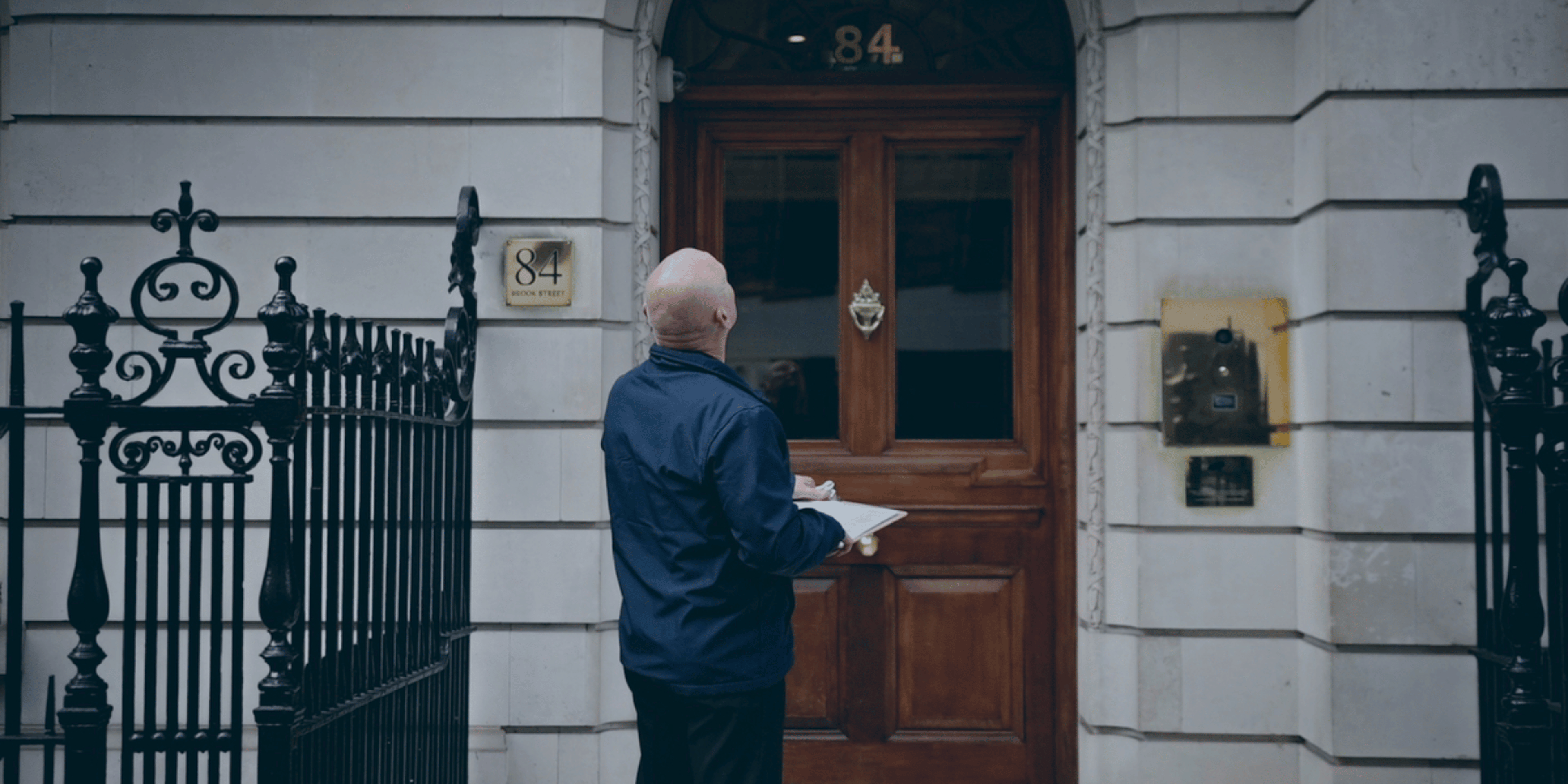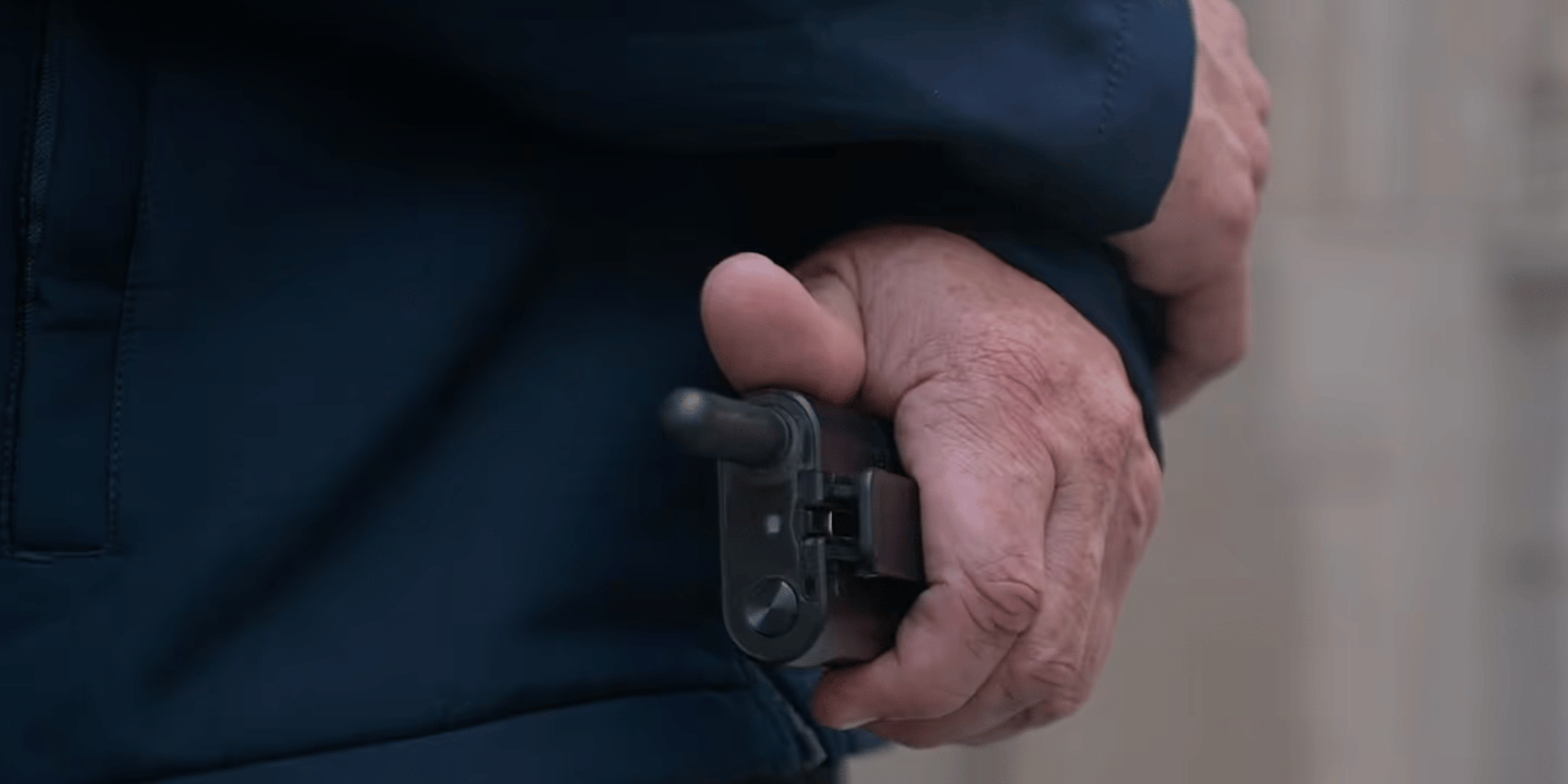
What is HVM and Why Does it Matter?

When people think about security, especially in a corporate context, they usually imagine security guards, access passes, maybe a CCTV system that sends alerts to a control room. These are all important and very much part of the service we provide at Priority First. But there’s another layer of protection that often gets overlooked. It’s called Hostile Vehicle Mitigation, or HVM.
Now, that might sound technical, but HVM is an important security strategy for planning ahead. It’s about understanding the mundane risks businesses face every day, not just the ones that make headlines, but the lesser-known ones that don’t get talked about enough.
At its core, HVM is about stopping vehicles from being used as weapons. That could be someone deliberately driving into a crowded space. Or it could be a stolen vehicle trying to ram through security barriers to access private or high-value areas. We’ve all seen the impact of vehicle-based attacks over the past decade, both here in the UK and across Europe. What’s often missed is how preventable some of those situations could have been, had the right systems been in place.
HVM involves the use of physical measures to either block or slow down vehicles in areas where they pose a threat. This includes bollards, street furniture, reinforced planters, barriers, and even road layout design. When these are installed properly, they don’t just protect people and property; they also communicate something. They say: we’ve thought about this. We’ve taken it seriously.
At Priority First, we see HVM as an essential part of a layered security strategy. It’s not about installing a few bollards outside your building and calling it a day. It’s about designing your space in a way that actively resists threats (without making it feel like a fortress). That balance matters. Clients want safety, yes, but they also want to keep their environments open and welcoming. Getting that right is a design conversation as much as it is a security one.
We work with businesses to look at the full picture. What are the access points? Where are people most at risk? What routes could vehicles take if someone were determined to breach security? From there, we partner with premium manufacturers to offer tailored physical protection systems that are proportionate, smart and visually appropriate for the environment.
But we don’t stop at physical infrastructure. HVM works best when it’s part of a coordinated approach, one that includes experienced personnel on the ground. That’s where our corporate security team comes in.
The human element still matters. Physical barriers might stop a vehicle, but trained professionals can spot risks before they escalate. Our corporate security teams are deployed at offices, business parks and events across the UK. They act as a visual deterrent and are trained to assess threats in real time, respond effectively and (crucially) reassure the people they’re there to protect.
That combination of physical and personnel-led protection is where we’re strongest. It’s what allows us to work with clients ranging from corporate headquarters to public sector buildings, each with their own unique risks and requirements. We don’t believe in one-size-fits-all. We take the time to understand the environment, the culture of the business and the risks that matter most to them.
There’s also a responsibility here. We’re not in this industry just to sell equipment or hours of service. We’re here to make sure that when something does go wrong – and unfortunately, we know it sometimes will – our clients are as prepared as they possibly can be. We’ve had to deal with attempted breaches, threats, and suspicious vehicles. And when those moments happen, you want to be the company that had a plan in place. You want to be the company that thought ahead.
HVM might not be on everyone’s radar right now, but it should be. It’s already a critical consideration for government buildings, public spaces and infrastructure projects. Increasingly, we’re seeing large private sector firms follow suit, not because they have to, but because they understand the reputational and operational cost of being unprepared.
For us at Priority First, it’s part of the everyday conversation we have with clients. Whether we’re talking about manned guarding for your London offices or physical infrastructure for your data centre in Manchester, HVM is a part of the picture. It’s about recognising that risk comes in many forms and not all of them look like what you might expect.
If you’re reviewing your business security plans, ask the question: how protected are we from a vehicle threat? And if the answer isn’t clear, we can help you figure it out.
– Mo
CEO, Priority First





